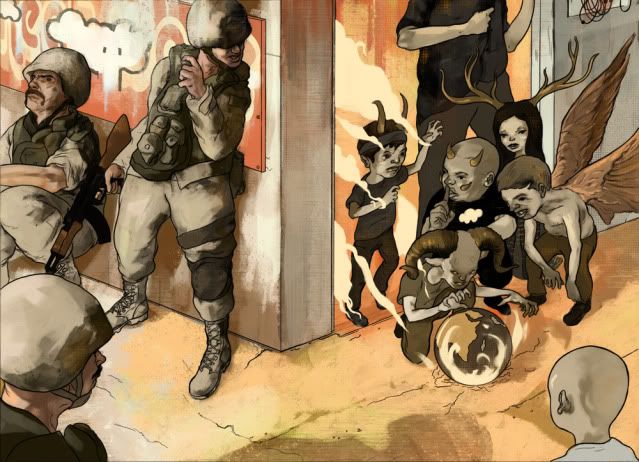"When we command movement of an arm or a leg
we establish all the conditions to effect
movement of several long levers in organized action.
The wisdom lies not in man's "command,"
but in the various systems cooperating with
the neuromuscular mechanisms to establish right conditions."
~Mabel Ellsworth Todd, The Thinking Body

The word for faith in Pali is Saddha. While sometimes translated as "confidence" or "trust," the literal meaning of saddha is "to place your heart upon." When we give our hearts over to a spiritual practice, it is a sign of confidence or trust in the path we have embarked upon. Faith opens us to what is beyond our usual, limited, self-centered concerns. In Buddhist psychology, faith is called a gateway to all good things, because it sparks our initial inspiration to practice meditation and also sustains our ongoing efforts. Faith empowers us to move towards compassion, loving-kindness, and freedom.
Yet the concept can be difficult for some people. Faith may be associated with mindless belief, or it may imply the need to proclaim allegiance to a creed or doctrine. Then we fear being judged, by ourselves or by others, for our degree of compliance. When we use the word faith in a Buddhist context, it is quite different from this. And this difference is crucial.
To "place the heart upon" does not at all mean to believe in something so rigidly that we become defensive about opening our minds to new ideas. Nor does it mean that we use what we have faith in as a way of feeling separate from and superior to others. We do not need to subjugate others because of our faith, or declare the vessel of our faith as the one true vessel. When we talk about saddha, we are talking about a heartfelt confidence in the possibility of our own awakening.
Faith does not need to be viewed as a fixed, solid thing, that we either have or don't have. We experience faith on many levels. In a classical Buddhist text entitled The Question of King Milinda, a monk named Nagasena uses an allegory to illustrate this. A group of people, gathered on the edge of a flooding stream, want to go to the far shore but are afraid. They do not know what to do, until one wise person comes along, assesses the situation, takes a running leap, and jumps to the other side. Seeing the example of that person, the others say, "Yes, it can be done." And then they also jump.
In this story, the near shore symbolizes our usual confused condition, and the far shore is the awakened mind. Inspired by witnessing one another, we say, "Yes, it can be done." This is one level of faith. But after we have jumped ourselves, when we say, "Yes, it can be done" because we know it from our own experience, then we have entered into quite another level of faith.
The first instance is an example of what is called "bright faith." This is the kind of faith that happens when our hearts our opened by encountering somebody or something that moves us. Perhaps we are inspired by a person's qualities of wisdom or kindness. Whether it is someone we know or a historical figure, like the Buddha or another great being, we begin to sense the possibility of a different, happier way of being.
Bright faith is a wonderful feeling and an important beginning, but it is also unreliable. We might encounter one teacher one day and another teacher another day, and be moved powerfully by each of them, but in different directions. If we are looking for someone outside of ourselves to sustain our faith, we can easily become distracted by whatever influence comes into our lives next.
The deeper level of faith is called "verified faith," meaning that it is grounded in our own experience. This is a mature faith, anchored in our own sense of the truth, centered in an understanding of the nature of the mind and body that we come to through our own awareness. The inspiration and confidence we feel, rather than coming from something outside of ourselves, arises from within, and it fuels further inquiries into our own understanding.
It is a great turning point in our lives when we move from an intellectual appreciation of our spiritual path to the heartfelt confidence that says, "Yes, it is possible to awaken. I too can." A tremendous joy accompanies this confidence. When we place our hearts upon the practice, the teachings come alive. That turning point, which transforms an abstract concept of a spiritual path into our own personal path, is faith.
{A Heart As Wide As The World, by Sharon Salzberg}

{Images Linked/Programming by DPC}
"In a real sense, all of life is interrelated.
All persons are caught in an inescapable network of mutuality,
tied in a single garment of destiny.
Whatever affects one directly affects all indirectly.
I can never be what I ought to be
until you are what you ought to be,
and you can never be what you ought to be
until I am what I ought to be.
This is the interrelated structure of reality."
~Martin Luther King, Jr.

